Intro
We could find very little about the Nogai Horse except that is is one of the steppe breeds found in the north of Dagestan. They don’t appear to be listed in the DAD-IS, however they are likely a strain of Dagestan Pony.
Read more

We could find very little about the Nogai Horse except that is is one of the steppe breeds found in the north of Dagestan. They don’t appear to be listed in the DAD-IS, however they are likely a strain of Dagestan Pony.
Read more
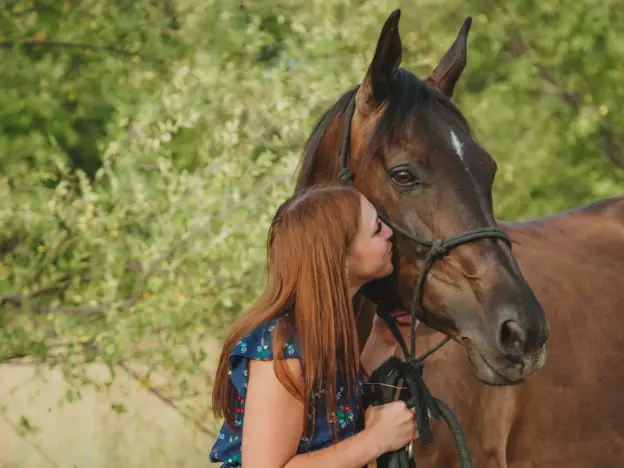
The Narym pony comes from the region near the Ob River in western Siberia and is very similar to the Priob breed, except generally more robust in stature. The two share similar physical characteristics as they are shaped by similar climate and conditions. Some consider them to be two different subgroups of the same northern forest horse breed.
Read more
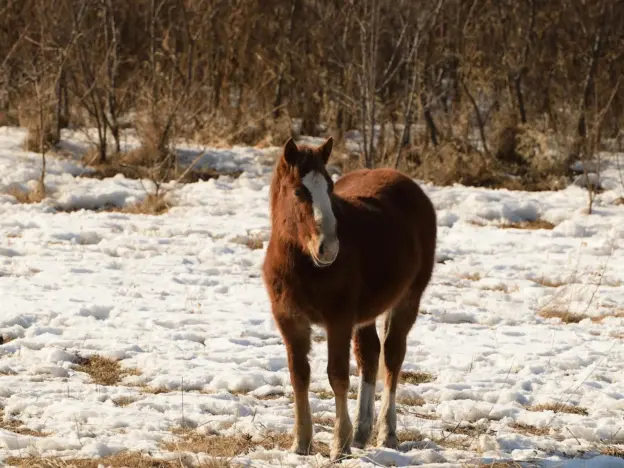
The Minusin breed is similar to many of the steppe breeds, having been shaped by life on the steppes. However these animals tend to be more robust and imposing in stature. According to the DAD-IS this breed is extinct as of 2006.
Read more
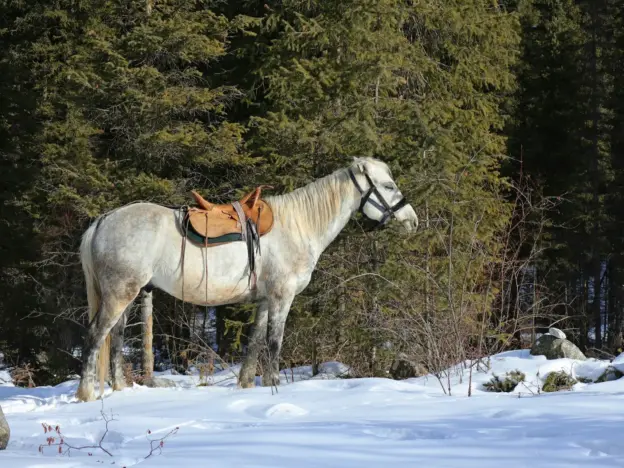
The Mezen or Mezenskaya is a draft breed of the northern forest type that is bred in the valleys of the Mezen & Pineg Rivers in the Arkhangelsk region.
Read more
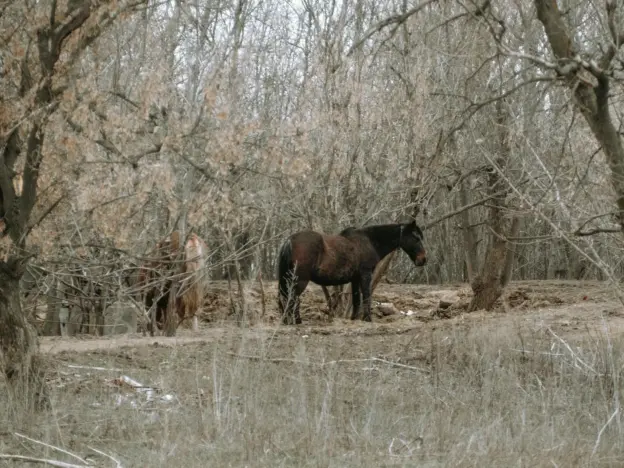
The Megezh is the largest type found within the Yakut breed and they are bred in the southwestern part of Yakutia in the Leninsk region.
Read more
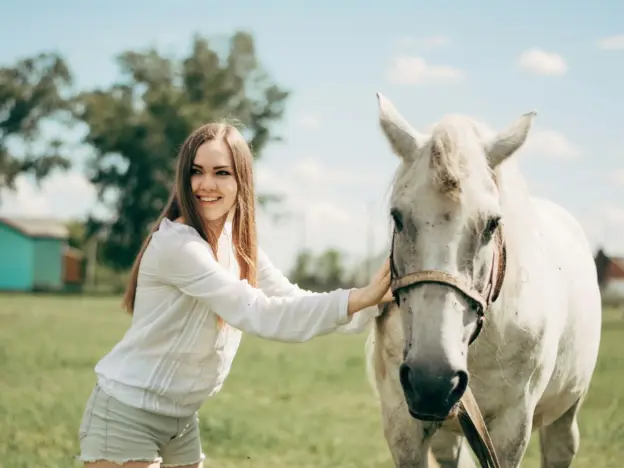
Organized horse breeding in Siberia didn’t really begin until mid to late 19th century. Before that time local breeds had emerged, but breeding was localized for specific needs. Among the most valuable and well known was the Kuznetsk horse or Kuznetskaya.
Read more
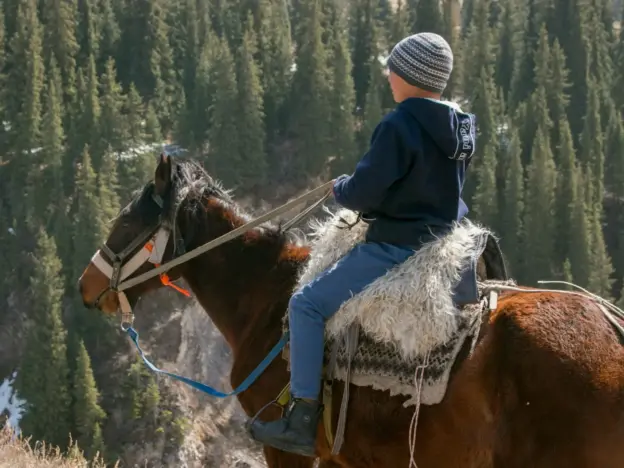
Also called Kushmakaya, the Kushum breed was developed in the Ural mountain region of Kazakhstan from 1931 to 1976.
Read more

Also called Karachay, Karakachan Pony, Karatschai pony, Karatschaever, Karatschaewsker and Karachaier, the Karachai comes from the breeds of the northern Caucasus and was developed at the start of the last millennium.
Read more
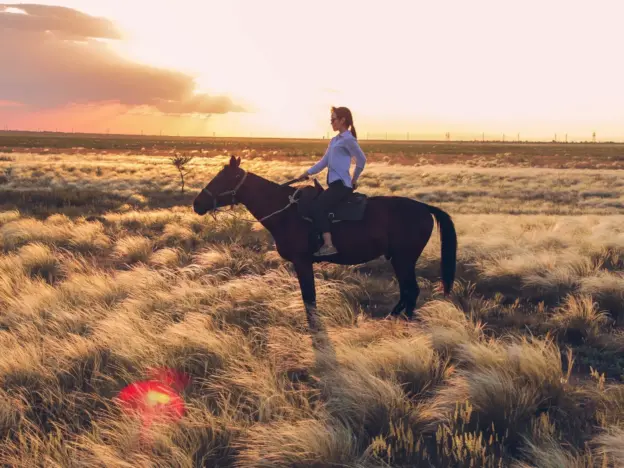
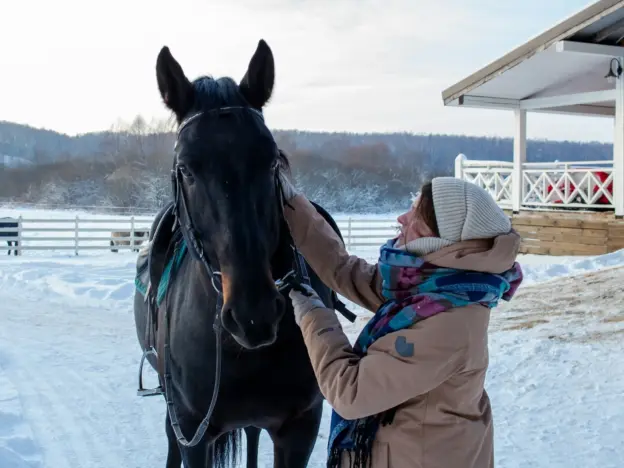
Also called Kabardian, Kabardinskaya and Circassian, the Kabarda breed comes from the Babardino-Balkar Autonomous Republic and the Stavropol area of Caucasus, developed by nomadic tribesmen.
Read more